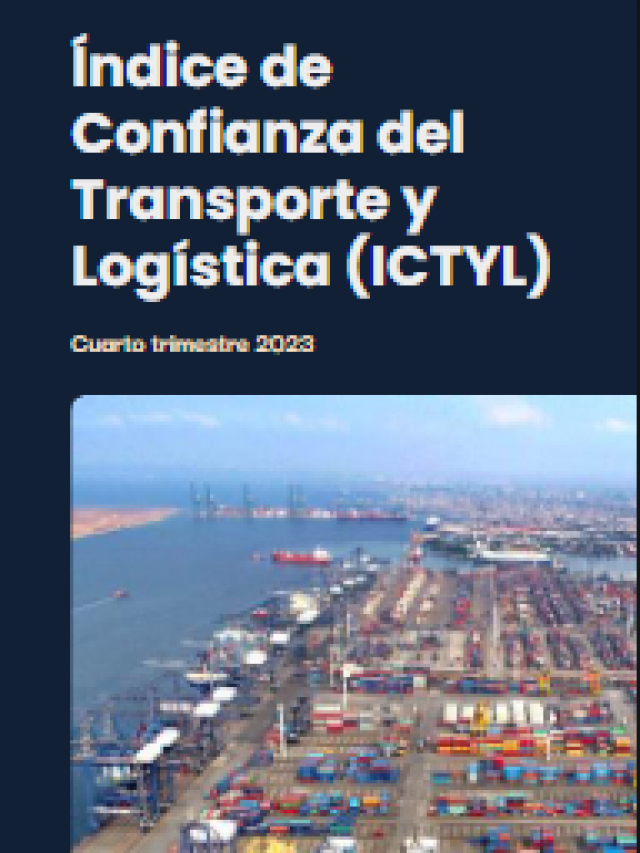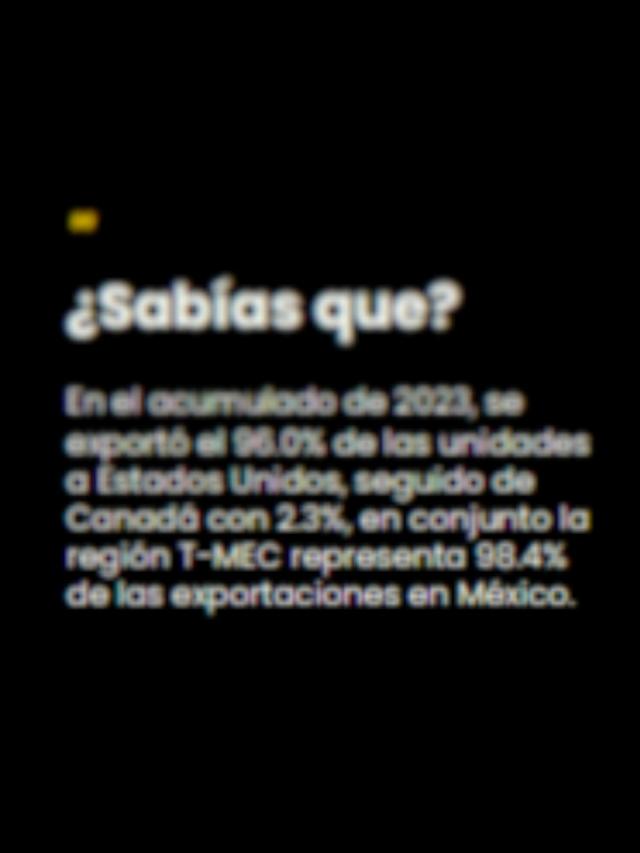
In Mexico, the Swedish manufacturer Scania has a fleet of more than 12,000 units in circulation , a volume that has increased particularly since 2022, when the firm began to increase its commercial activity in the country.
In addition to the vehicle fleet in circulation, Scania implemented its maintenance contract model , which has been one of its sales tools. Currently, more than 80% of units have this scheme. While it could be identified as a commercial success, it represents a logistical challenge to achieve customer service levels.
“We focus on maintaining long-term relationships with our business partners, and this helps us overcome logistical challenges on the international stage,” explained Gisela Quintero, Director of Customer Experience and Service Support at Scania Mexico.
Scania’s parts logistics are exposed to the weakness of the global supply chain, as 97% of the spare parts consumed in Mexico originate in Europe , and a smaller percentage in Brazil.
To meet the parts needs of the units in the market, as well as the 90 service points in the country, the Middle American Parts Center (MAPC) located in Querétaro has been operating since 2021 , and where through an inventory planning and reliability system, parts needs can be covered.
“At MPAC, we have the necessary inventory to naturally meet customer demand, and we have the logistics to handle extraordinary events. Furthermore, all the locations nationwide where we have spare parts are connected via technology so we can have these parts available to meet customer needs,” Quintero added.
The executive even mentioned that there is a global system connected from the central warehouse in Belgium to respond to any emergencies that may arise.
Scania’s parts logistics leverages storage and distribution technologies, with each branch independently reading historical demand to automatically place replenishment orders, thereby reducing human error and “freeing up warehouse staff to focus on providing better customer service ,” Quintero emphasized.
Currently, the logistics established at the MAPC serve more than 1,500 lines daily to 90 service points. There are defined delivery times for certain regions. If orders are placed before 4:00 p.m., they can be delivered the next day by 9:00 a.m.
This Scania logistics structure is planned to support the Swedish firm’s planned branch growth. It aims to double the number of its own branches by 2028, reaching 30, and by 2030, having 45.
These points are independent of the Customer Work Service (CWS) model , the service points within the clients’ facilities.
Unlike the market, Scania owns its branches and does not involve outside investors, so network expansion and modernization are its responsibility.
The MPAC has an area of 3,500 square meters, with an inventory of 22,500 part numbers , with the mission of attending to the availability of vehicles in circulation, and which is precisely due to the commercial progress of Scania which has been 30% annually , with the objective of covering the fleet in circulation, but also to maintain the availability of parts at 96 percent.















